Discover 7 hidden attractions, cool sights, and unusual things to do in Havre (United States). Don't miss out on these must-see attractions: Fort Assinniboine, H. E. Clack Memorial Museum, and United States Post Office and Courthouse–Havre Main. Also, be sure to include Carnegie Public Library in your itinerary.
Below, you can find the list of the most amazing places you should visit in Havre (Montana).
Table of Contents
Fort Assinniboine
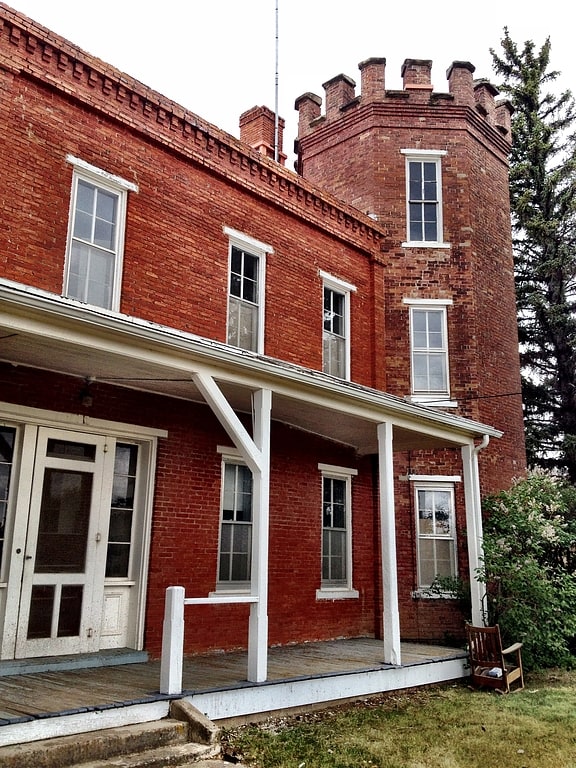
Tourist attraction in Hill County, Montana. Fort Assinniboine was a United States Army fort located in present-day north central Montana. It was built in 1879 and operated by the Army through 1911. The 10th Cavalry Buffalo Soldiers, made up of African-American soldiers, were among the units making up the garrison at the fort. Determining that this fort was no longer needed after the end of the Indian Wars, the US Army closed and abandoned it.
In 1916 Congress authorized a reservation for the Rocky Boy's Band of Chippewa, who were landless. It became known as Rocky Boy's Indian Reservation, named after the chief who had sought the reservation. A portion of the fort was ceded in 1916 for use as a reservation; the land extended in both Hill and Chouteau counties. This was intended for landless Chippewa who had been pushed west out of their traditional territory. In the event, landless Cree and Metis, refugees from Canada, also settled at the reservation.[1]
Address: US Hwy 87 southwest of town, Havre
H. E. Clack Memorial Museum
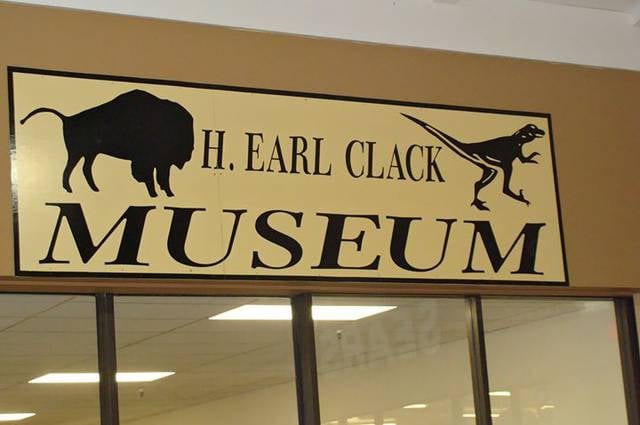
Natural history museum, History museum, Museum
Address: 1753 US Highway 2 NW Spc 1, 59501-3464 Havre
United States Post Office and Courthouse–Havre Main
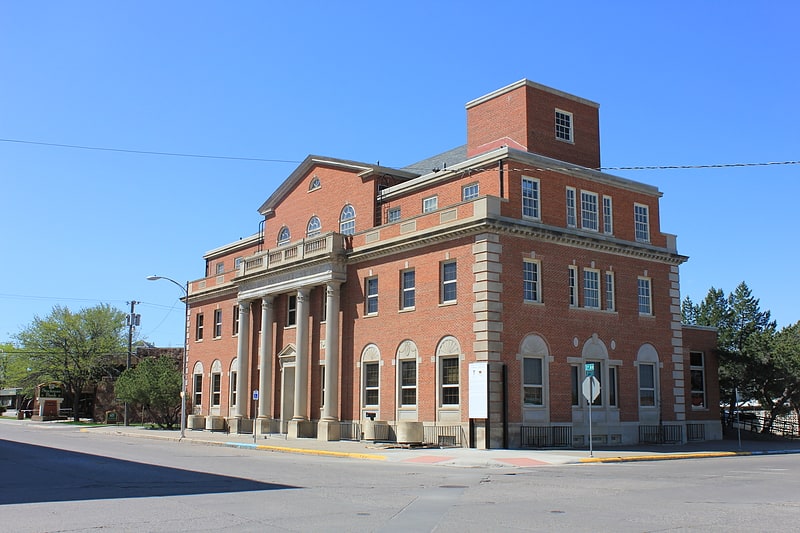
Courthouse. The U.S. Post Office and Courthouse–Havre Main, located in Havre, Montana, was designed by the Office of the Supervising Architect under James A. Wetmore in Classical Revival style and was built in 1932. Also known as Havre Post Office and Courthouse or Havre Main Post Office, it served historically as a courthouse and as a post office. It was listed on the National Register of Historic Places in 1986.
As of 2015, it was purchased by a local family to be their place of residence and is undergoing extensive restoration.
Its construction in 1932 was a major local happening, symbolizing assistance of the national government to the local area during the Depression.[2]
Carnegie Public Library
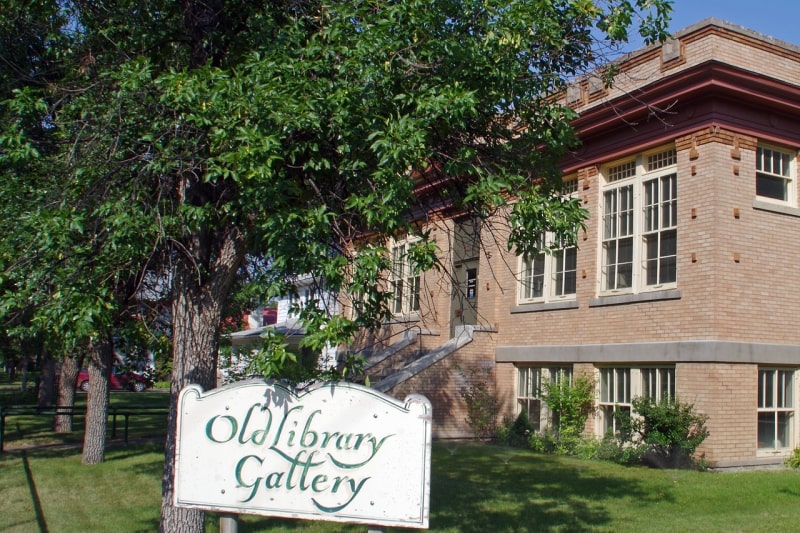
Public library. The Carnegie Public Library in Havre, Montana is a historic Carnegie library built in 1914 which was listed on the National Register of Historic Places in 1986. It is in the Classical revival style. It was also known as the Havre Public Library and later as the Old Carnegie Library. In 2017 it is a former library building and is occupied by the Old Library Gallery.
Hopes for obtaining Carnegie funds for a library were expressed in the Milk River Eagle newspaper by 1901. A first library in Havre was started by 50 women who formed a Women's Club and subscribed for twenty-five cents per month. A room in the Havre Security State Bank was used to lend out its initial 200 donated books. The library moved to the Havre City Hall by 1906. The Havre Plaindealer newspaper noted that Glasgow, Montana, fifty miles away, successfully built a Carnegie library in 1908. By 1911 the women's club and others had lobbied for local tax funding to support a librarian, and the Havre Library Board lobbied the City Council to purchase land at 4th Avenue and 5th Street to build a library. (Having land and demonstrating community support/ability to maintain a library were requirement for Carnegie funding.) In 1913, $12,000 funding for construction was approved by Carnegie, and the building was built within a year.
In 2017, the current public library in Havre is the Havre-Hill County Library, located at 402 Third Avenue, about a block away.[3]
H. Earl Clack House

Historical landmark in Havre, Montana. The H. Earl Clack House is a historic house located at 532 Second Avenue in Havre, Montana. It is locally significant as a very good example of a classically inspired Georgian Revival dwelling. It was added to the National Register of Historic Places on October 24, 1985.[4]
Heltne Oil Company
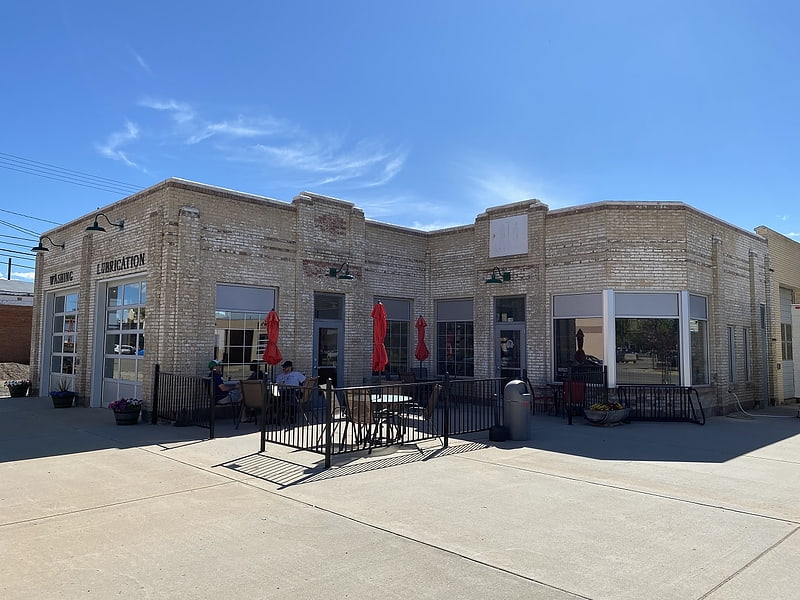
The Heltne Oil Company is a site on the National Register of Historic Places located in Havre, Montana. It was added to the Register on August 16, 1984.
It was built in 1939 by the Northwest Refining Company of Cut Bank, Montana and was leased by Danfield Heltne; the business stayed in the Heltne family through the date of NRHP application. The building is described in its NRHP nomination as "an outstanding example of the transitional period of gas station design between the more ornate styling of the early 1930s and the porcelain-enameled oblong box so dominant after the war." It has two-toned decorative brickwork, which, "together with ornamental pilasters blend nicely with the more modern and functional aspects of the design. Large windows to display company products and accessories together with more spacious enclosed service bays reflect the changes taking place in the service station industry during the late 1930s."
It was deemed "significant for its association with automobile travel along US 2 from the late 1930s through the early post-war era, as well as for its architecture.[5]
Havre Residential Historic District
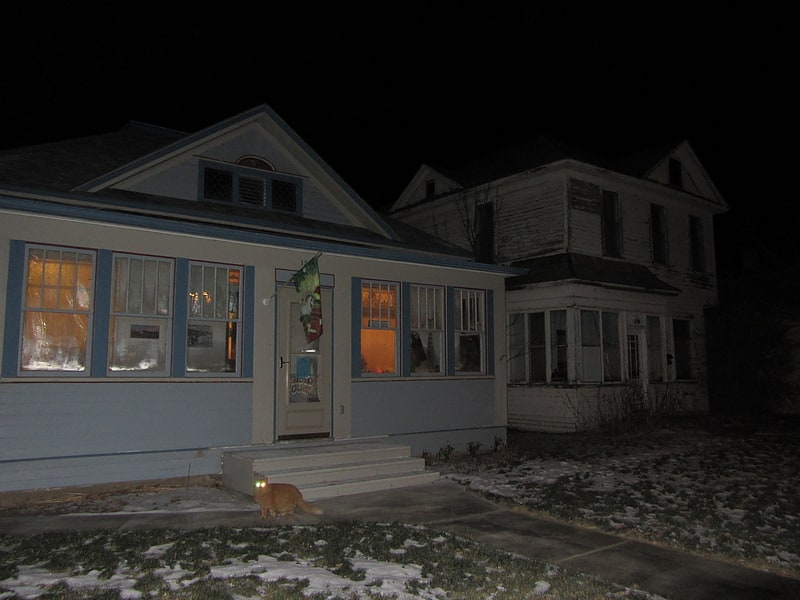
Historical landmark in Havre, Montana. The Havre Residential Historic District is a site on the National Register of Historic Places encompassing 36 blocks in Havre, Montana.
The Havre Residential Historic District represents Havre's economic growth and social change from 1895 to the 1940s. Located primarily at the district's northwestern edge, turn-of-the-century homes of the social and business elite are large residences built in Queen Anne/Colonial Revival and Neo-Colonial styles. Their owners’ fortunes were made from providing supplies and services to soldiers at nearby Fort Assinniboine, homesteaders, and Great Northern Railway employees. As a railroad division point, Havre became home to white-collar workers who built smaller homes in the district. By 1907, the Craftsman bungalow was the preferred housing style. These smaller, one- or one-and-a-half-story dwellings reflect the security of the middle class in Montana during the first decades of the twentieth century. Havre's establishment as Hill County seat in 1912 coincided with the Progressive political movement that sought clean cities with suitable housing for all. Between 1913 and 1917, the Home Builders Investment Company—created by local Progressives—built more than 100 homes. Post World War I depression dampened construction in the district, but late-1920s railroad expansion caused a housing boom. Homes subsequently built here during the Great Depression utilized lower-cost materials and simpler designs.[6]